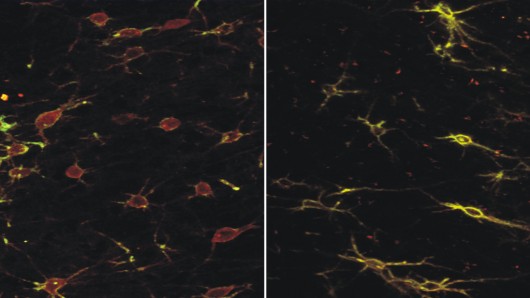Transcranial magnetic stimulation (TMS) is a technology that temporarily activates – or inactivates – parts of the brain using magnetic stimulation.
Its ability to selectively turn areas of the brain on or off allows the functions and interconnections of the brain to by studied in a noninvasive and painless manner. Now researchers have shown that the technology can be used to enable rats to learn more easily. While smarter rats probably aren’t high on anyone’s wish list, the technology shows potential for allowing TMS to better treat a variety of brain disorders and diseases in humans, such as severe depression and schizophrenia.
Although repetitive TMS has been used as a diagnostic tool since the mid-1990’s, it has been unclear how the technology influenced the activity of certain brain nerve cells. The researchers from Germany’s Ruhr University Bochum have now shown that various stimulus patterns using TMS changed the activity of distinct neuronal cell types and that certain stimulus patterns led to rats learning more easily.
For the first time, the researchers have shown that TMS’s artificial stimulation of the cortex changes the activity of certain inhibitory nerve cells depending on whether the stimulation patterns are provided continuously (cTMS), or with interruptions (iTMS). They found that when rats were treated with iTBS before training, they learned more quickly than those that were treated with cTMS or those that received no TMS treatment.









